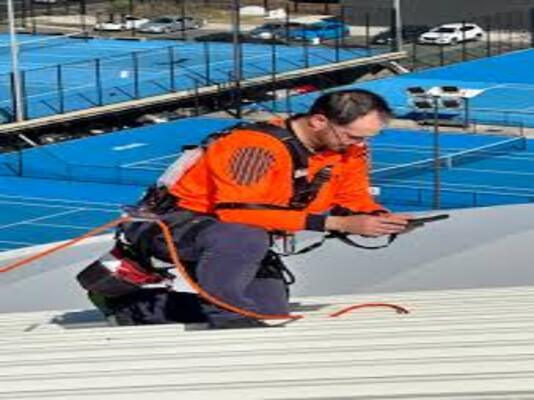Working at heights, especially on rooftops, comes with inherent dangers that cannot be ignored. Every year, numerous accidents and fatalities occur due to falls from roofs, many of which are preventable with proper safety measures. Among the most vital components in fall prevention systems are roof anchor points. Though small in size, these devices play an enormous role in ensuring worker safety during construction, maintenance, and inspection tasks on rooftops. This article delves into what roof anchor points are, their importance, types, and considerations for proper use.
Understanding Roof Anchor Points
Roof anchor points, also known as fall arrest anchor points, are secure attachment points installed on roofs. They serve as a fundamental part of a personal fall arrest system, allowing workers to tie off their harnesses and lanyards. By doing so, they limit the distance a person can fall and, in the event of a fall, safely arrest it before serious injuries occur.
These anchor points are not just for construction workers; they’re essential for anyone who needs to access a rooftop, including maintenance personnel, inspectors, and even solar panel installers. Properly installed and maintained roof anchor points significantly reduce the risk of life-threatening falls.
Types of Roof Anchor Points
There are various types of anchor points designed for different roofing structures and purposes. Each has its own set of specifications, materials, and intended applications:
• Fixed Roof Anchor Points: These are permanently installed and provide a long-term solution for buildings requiring regular roof access. They are commonly used in commercial or industrial settings.
• Temporary Roof Anchor Points: These are ideal for short-term projects and can be moved or reused across different job sites. They’re often used in residential construction or smaller-scale jobs.
• Mobile Anchor Systems: These systems provide flexibility and are particularly useful on flat roofs. They often include weighted systems that don’t require roof penetration.
• Horizontal Lifeline Systems: Though not an anchor point in itself, this system includes a series of anchor points connected by a line, allowing users to move along a rooftop while remaining securely tethered.
Each type must be selected based on the building’s structure, the type of work being performed, and the duration of use.
Legal and Safety Standards
In many countries, the use of fall protection systems, including roof anchor points, is governed by strict regulations. For example, SWA (Safe Work Australia) mandates fall protection for workers operating at heights above six feet in construction settings. Similar guidelines exist worldwide, often requiring anchor points to meet specific load-bearing standards.
Failure to comply not only endangers lives but can also result in hefty fines and legal consequences for employers. Therefore, all roof anchor points must be certified, properly installed by trained professionals, and regularly inspected for wear and tear.
Best Practices for Using Roof Anchor Points
For roof anchor points to be effective, they must be part of a comprehensive fall protection plan. Some best practices include:
• Regular Inspections: Anchor points should be inspected annually or before each use for signs of corrosion, damage, or loosening.
• Proper Training: Workers should be adequately trained in using fall protection systems, including how to secure harnesses and recognise unsafe conditions.
• Appropriate Placement: Anchor points should be installed in locations that minimise the risk of swinging falls or contact with lower levels during a fall.
• Use with Compatible Equipment: Only use anchor points with harnesses, lanyards, and connectors that are rated for the intended loads and conditions.
Final Thoughts
Roof anchor points are undeniably a critical safety tool in any work environment involving heights. Their role in preventing falls and saving lives cannot be overstated. While they may appear simple, their correct application and maintenance require serious attention and responsibility.

